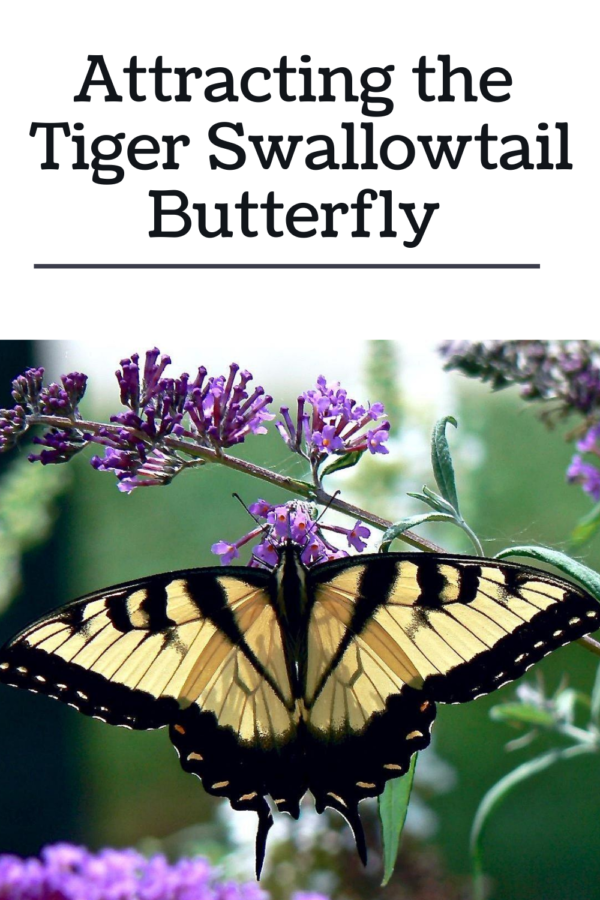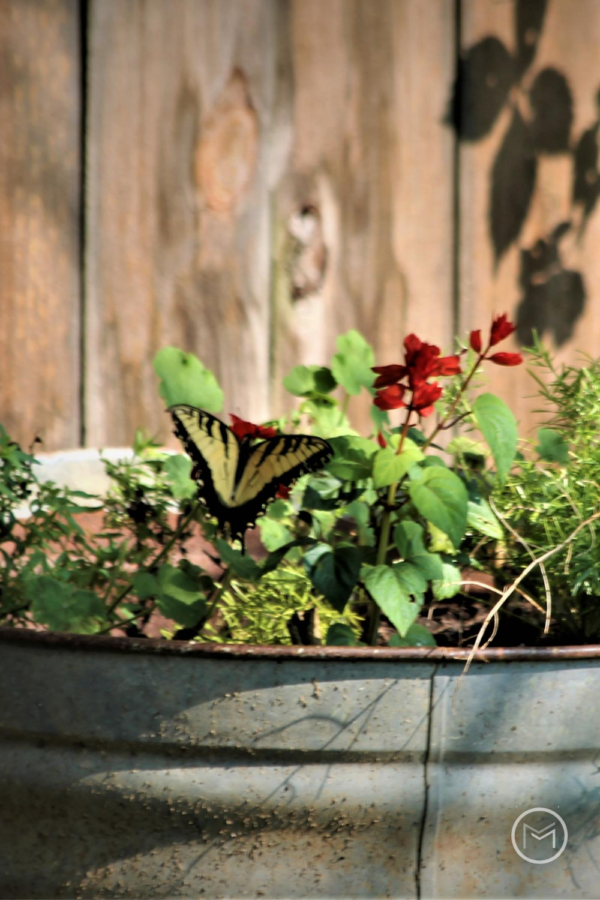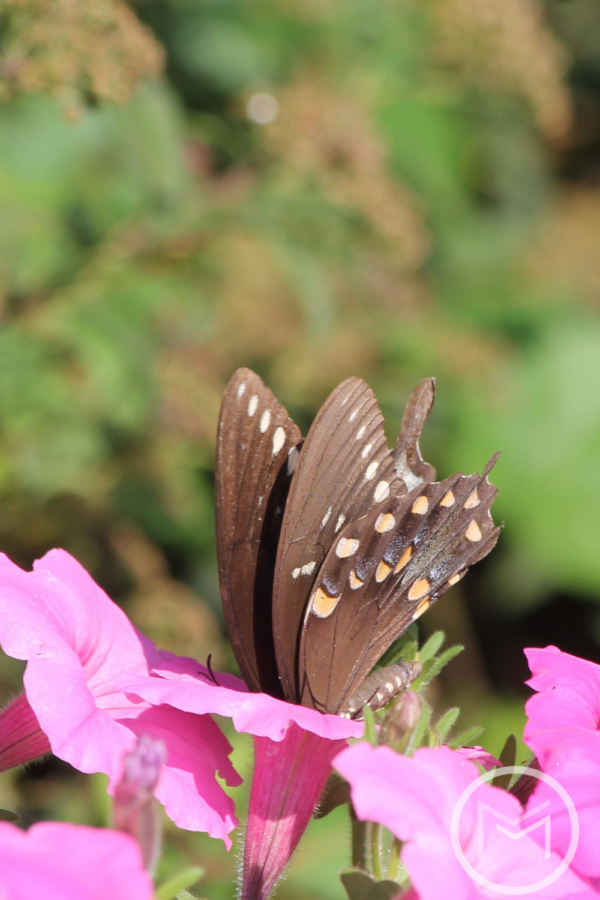The Stages of a Monarch Butterfly is a great way to understand the Monarch Butterfly life cycle. Sadly, the Monarch Butterfly has declined over the years. Milkweed is the host plant for Monarchs. However, farmers are no planting milkweed. So, communities, home gardeners and the government are trying to help Monarchs rebound by planting milkweed.
When you see a Monarch Butterfly, you will be in awe. Monarchs have yellow, black and white stripes. They migrate to and from Central Mexico. Monarchs are unable to survive cold weather, so they migrate to warmer climates. It takes 2 months for them to complete their journey. They travel 50 – 100 miles per day to reach their destination.
Sadly, without milkweed Monarch Butterflies are unable to lay their eggs or feed during their journey as caterpillars.
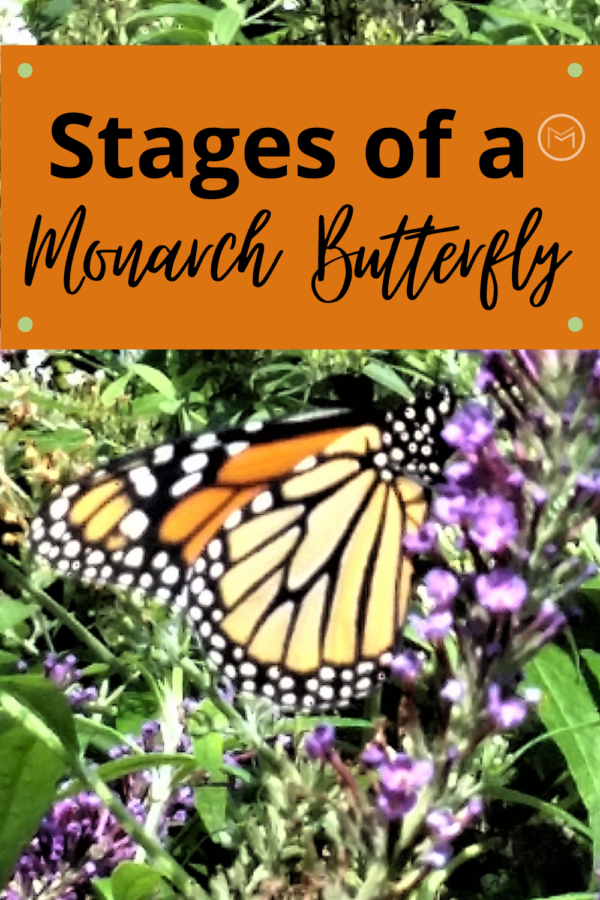
Stage 1 – Eggs are Laid – So, female monarch butterflies lay approximately 400 – 1200 eggs in their lifetime. They lay their eggs exclusively on milkweed plants. As a result, females search for milkweed to lay their eggs. The female will taste the milkweed to ensure it’s acceptable before she starts laying her eggs. It takes approximately 4 days for an to hatch. Once the hatchling emerges, it will eat its shell for nutrition.
Stage 2 – Caterpillars Emerge – Once hatched, caterpillars grow quickly and shed its skin 5 times during it’s growth cycle.
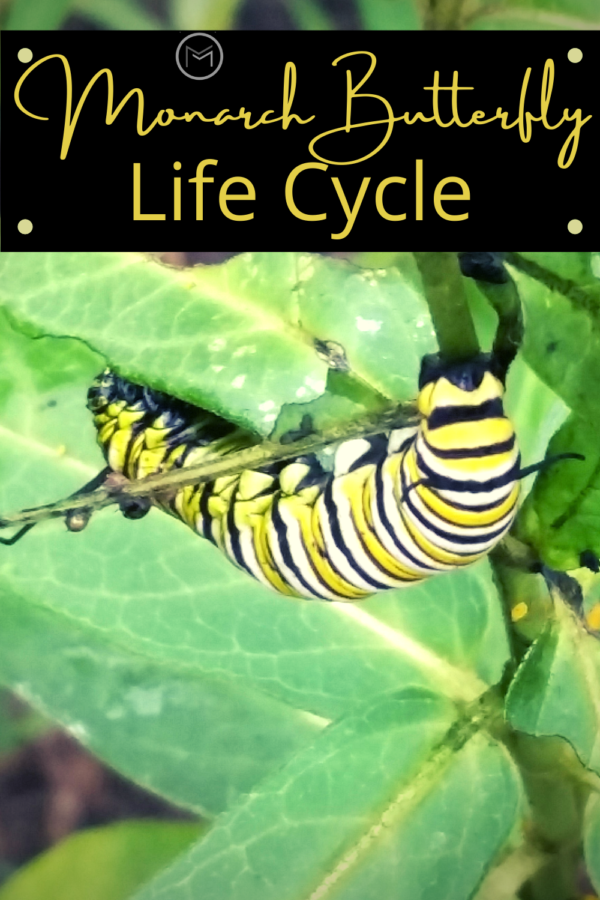
Stage 3 – Builds Chrysalis – When fully grown, a Monarch caterpillar will find a suitable place to make a chrysalis. It will attach a wad of silk and hang from it in a J before it build its chrysalis. The monarch butterfly chrysalis is a beautiful jade green with yellow dots. The chrysalis below was found in one of the community gardens that I volunteer in.
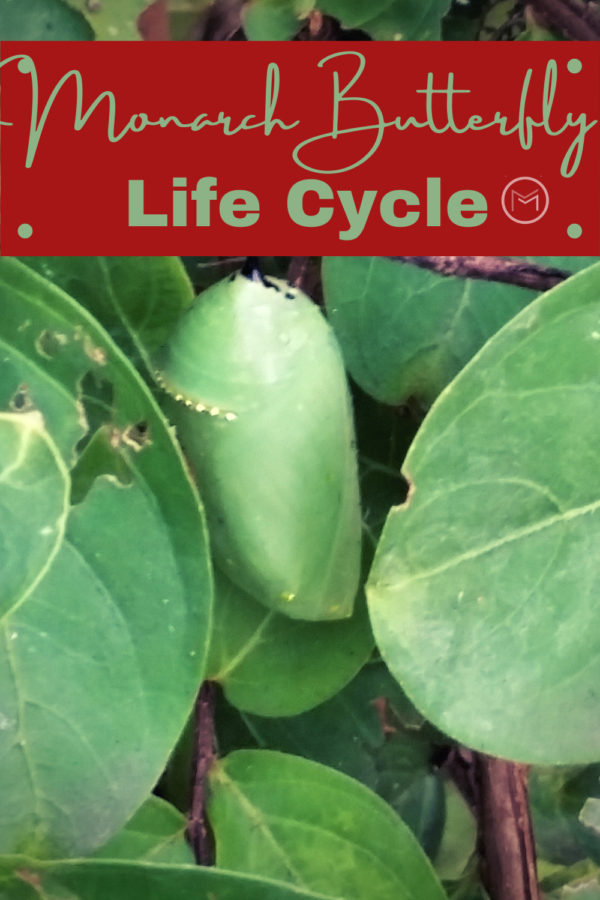
Stage 4 – Butterfly Emerges – The chrysalis will become transparent in about 10 – 14 days. You’ll be able to see the wing colors and pattern of the Monarch Butterfly forming. At this stage, the Monarch Butter pushes it pushes its way out of the chrysalis during mid-morning. E-close is simply the butterfly emerging.
Most importantly, the Monarch will hang from the chrysalis for approximately 2 – 3 hours allowing its wings to fill up with fluid and dry. After its wings are dry, they will take flight.
Adult butterflies will feed on nectar from blooming native plants including milkweed. I hope that you liked my post on the Monarch Butterfly Life Cycle. If you want to attract Monarch Butterflies, plant lots of milkweed and native plants. This is a great project to do with your kids. Finally, see my Native Plant List for Zone 6B.
